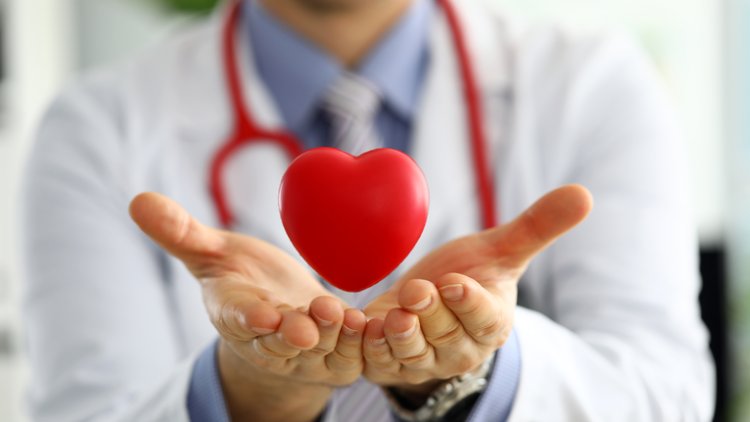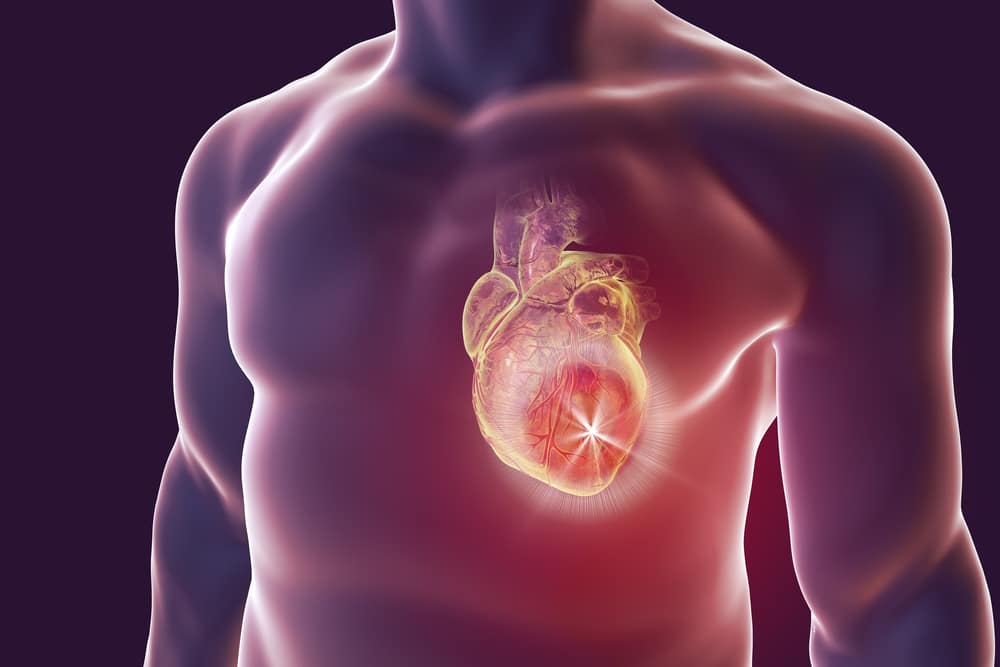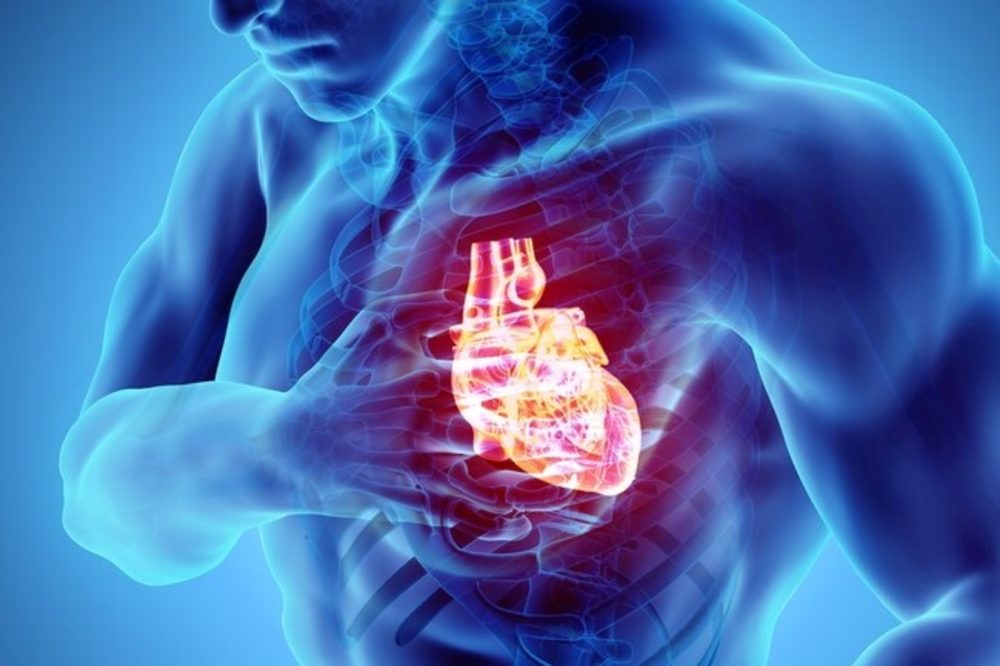Heart Attack vs. Cardiac Arrest: Understanding the Difference Could Save a Life
If you’ve ever heard someone say they had a “mild heart attack” or mention a “widow maker,” you might have found yourself wondering what all these terms actually mean? It’s easy to get lost in the language of heart emergencies, and even harder to know what’s truly dangerous.

Here’s the truth: any heart attack can be serious no matter the size or name.
But before we panic, let’s clear up one of the most common misconceptions in medicine: the difference between a heart attack and cardiac arrest.
A Heart Attack: When the Heart’s Plumbing Gets Blocked
A heart attack, or what doctors call a myocardial infarction (MI), happens when blood flow to part of the heart is suddenly cut off. Imagine one of your heart’s arteries, usually smooth and open getting blocked by a sticky mix of cholesterol and fat.
Over time, these deposits (called plaque) can rupture, triggering a clot that completely blocks blood from reaching part of the heart muscle. Without oxygen, that muscle begins to die.
Dr. James Januzzi, a cardiologist at Harvard-affiliated Massachusetts General Hospital, explains it simply:
“There’s a lot of misunderstanding about what a heart attack actually is. But in essence, it’s a problem with the heart’s plumbing blood can’t get where it needs to go.”
When doctors call it a “type 1 heart attack,” they’re referring to this classic blockage-based scenario.
And here’s the important thing: while many people survive heart attacks often with early medical treatment every single one carries risk. There’s no such thing as a “safe” heart attack.
Cardiac Arrest: When the Heart’s Electrical System Shuts Down
If a heart attack is a plumbing issue, cardiac arrest is an electrical one.

In cardiac arrest, the heart’s natural rhythm goes haywire beating too fast, too slow, or not at all. It’s as if someone pulled the plug on the body’s power supply. Within seconds, blood stops flowing to the brain and vital organs.
The result is immediate and terrifying: the person may collapse, stop breathing, and lose consciousness.
While a heart attack can trigger cardiac arrest, most heart attacks don’t. Other causes can include:
Heart failure
A blood clot in the lungs
Dangerous imbalances of potassium or magnesium
Certain drugs or overdoses
A sudden blow to the chest
In any of these cases, every second counts. Without CPR or a defibrillator, survival chances drop dramatically by the minute.
Does Size Really Matter?
After a heart attack, doctors measure the protein troponin in the blood to see how much damage was done. Then, an echocardiogram (heart ultrasound) helps them assess how well the heart is still pumping.
A “large” heart attack may leave part of the heart muscle weak, affecting its ability to contract. But here’s a surprising truth: even “small” heart attacks can be deadly if left untreated.
And that ominous nickname, “widow maker”? It refers to a blockage high in the left anterior descending (LAD) artery, one of the heart’s main blood highways. Because it supplies such a large area of the heart, a blockage there can be catastrophic. Still, not every LAD heart attack is fatal, and others in different arteries can be just as dangerous.
So the takeaway? Don’t let labels fool you, size and location aren’t the full story.

What You Should Do Right Now
Whether it’s a heart attack or cardiac arrest, time is everything.
If you or someone near you shows warning signs, call 911 immediately. Don’t try to drive yourself, and don’t “wait and see.”
Common symptoms of a heart attack include:
Pressure, squeezing, or pain in the chest
Pain or discomfort spreading to the arm, back, neck, jaw, or stomach
Sudden shortness of breath
Nausea, vomiting, or cold sweats
Dizziness or lightheadedness
Unusual fatigue or a sense of impending doom
For cardiac arrest, the signs are more dramatic: the person may suddenly collapse, stop breathing, and have no pulse. In that case, start CPR immediately and use an AED (defibrillator) if one is available.
The Bottom Line
Heart emergencies don’t always look like they do in the movies. Sometimes it’s a sharp pain other times it’s a quiet discomfort or crushing fatigue.
What matters most is recognizing that heart attack and cardiac arrest are not the same but both are medical emergencies that demand immediate action.
So the next time you hear someone use the term “mild heart attack,” remember: there’s nothing mild about your heart crying out for help.
What's Your Reaction?




















